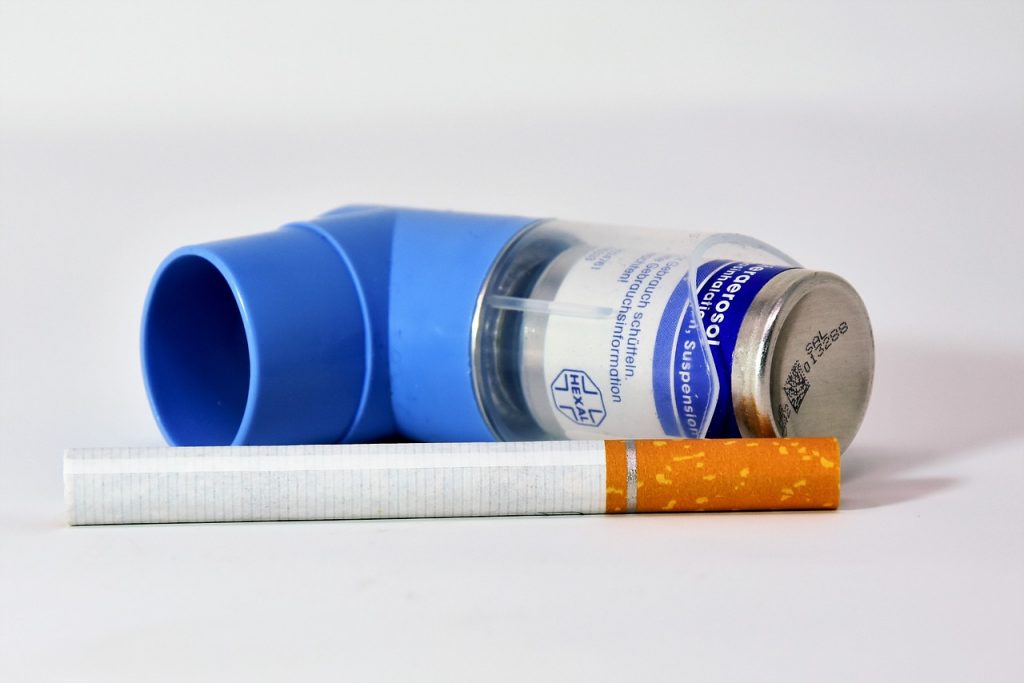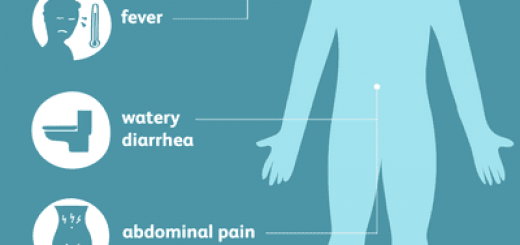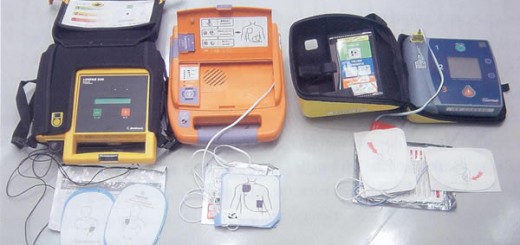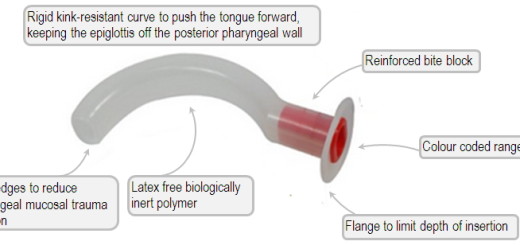What are the common triggers of an asthma attack?
Asthma is a chronic (long-term), inflammatory disease in which the lining of a person’s airways becomes swollen and inflamed, the muscles surrounding the airways constrict and mucus production increases, leading to mucus plugs.
Asthma is one of the most common long term respiratory diseases.
Asthma symptoms resemble other respiratory problems such as emphysema, bronchitis, and lower respiratory infections.
Signs and Symptoms of Asthma
Symptoms of asthma include:
- A chronic cough, especially at night
- Coughing and wheezing that occurs with exercise
- Difficulty or painful breathing
- A wheezing or whistling sound
Triggers of Asthma Attacks
An asthma attack can be triggered by:
- Pollens
Mold - Animal protein such as dander, urine, oil from skin
- House dust or dust mites
- Cockroaches
- Certain foods
- Tobacco smoke
- Exercise
- Strong
odors such as perfumes, household cleaners, cooking fumes, paints, and varnishes - Chemicals such as coal, chalk dust, or talcum powder
- Air pollutants
- Wood smoke from heating stoves and fireplaces
- Changing weather such as changes in temperature, barometric pressure, humidity, or strong winds
- Exposure to
vapors , dust, gases, or fumes - Medications such as aspirin, other non-steroidal anti-inflammatories, such as ibuprofen, indomethacin, naproxen
- Sulfites used as preservatives in food and beverages

First Aid for an Asthma Attack
- Sit the victim upright.
- Shake an asthma inhaler, place the mouthpiece in the victim’s mouth and
give one puff. - Have the person inhale slowly and steadily.
- Have the victim hold that breath for four seconds, then take four regular
breaths. - Repeat until four puffs from the inhaler have been given.
- Wait four minutes, if there is no improvement, give another 4 puffs.
- If there is still no improvement, seek medical assistance immediately.
- Continue giving 4 puffs every 4 minutes until the ambulance arrives, you can give adults up to 6 – 8 puffs every five minutes.






Airborne allergens, such as pollen, dust mites, mold spores, pet dander or cockroach droppings pellets
Respiratory infections such as the common cold
physical activities
cold air
Air pollutants and irritants such as smoke